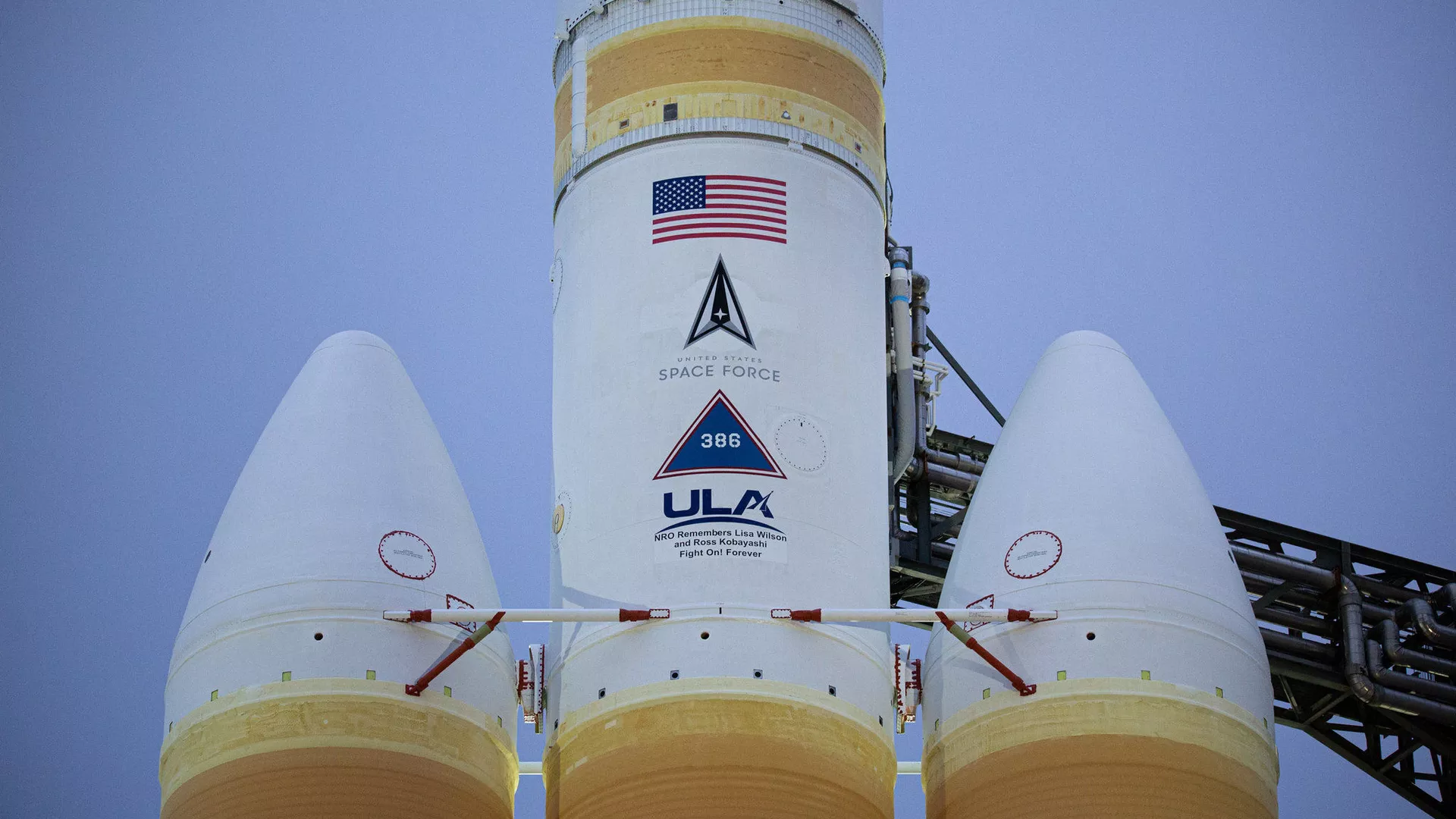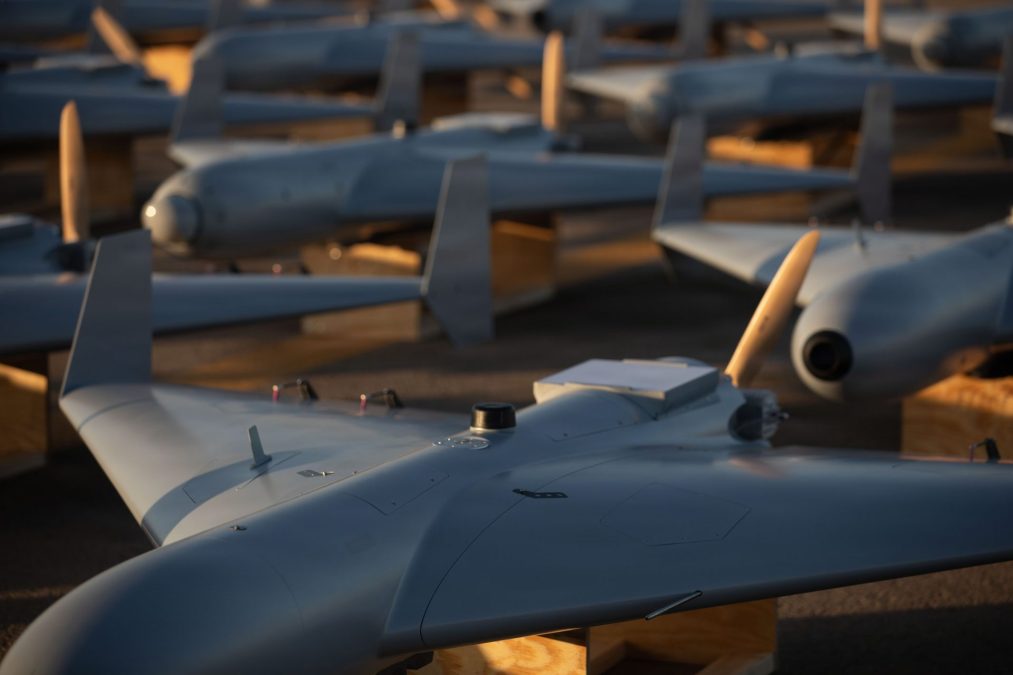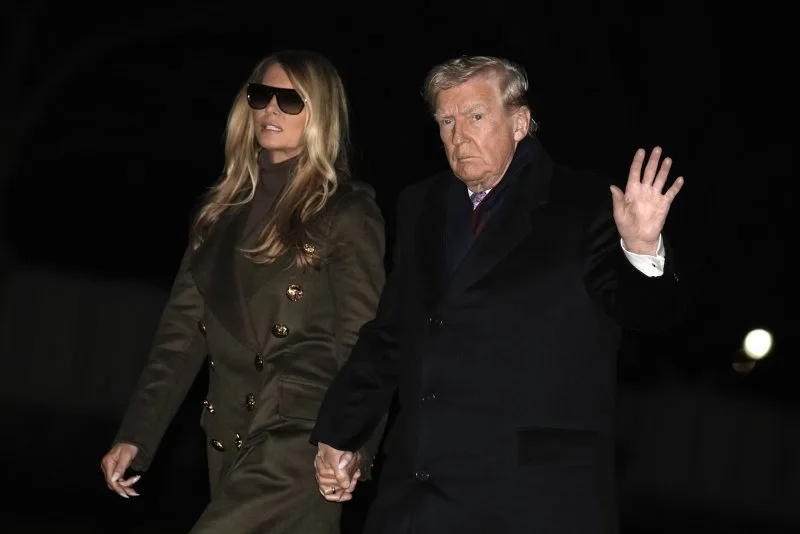Washington recently raised a great fuss over the alleged “Russian threat”, citing, in particular, possible space-based nuclear deployments. Moscow shredded the speculations, suggesting that the US is using the rumors as a smokescreen for its own military programs.
Hours after the US press published groundless claims of Russia’s space-based nuclear program, the Pentagon sent “a missile-tracking system” into orbit – part of the Department of Defense’s new plan dubbed Proliferated Warfighter Space Architecture that aims to fill the low-Earth orbit with myriads of small and cheap satellites.
The New York Times broke the Pentagon’s new initiative on February 15, explaining that the US military had adopted an approach similar to Elon Musk’s Starlink satellite constellation. If America’s adversaries knock down even a dozen of those small and cheap Pentagon satellites, the system would continue operating shifting to other units, according to the media outlet. As Deputy Defense Secretary Kathleen H. Hicks stated last month, the Pentagon will be able to launch those small cost-effective satellites “almost weekly.”
“Now, as you all know, SPACECOM is DoD’s newest combatant command,” Hicks said at a US Space Command gathering on January 10. “Every day, SPACECOM delivers tremendous value across our Joint Force, with satellite communication, early warning radars, GPS that enable not only navigation for people, planes, trucks, and ships – but also the precision-guided munitions that have become a hallmark of how the US military fights in the modern era.”
The Pentagon’s new satellite program poses a challenge to Russia, according to Sputnik’s interlocutors, Ivan Moiseev, the head of the Russian Institute of Space Policy, and Dr. Natan Eismont, a leading researcher at the Russian Academy of Sciences’ Space Research Institute.
“They are greatly strengthening the power of their armed forces [by boosting their satellite capabilities],” Moiseev told Sputnik. “Since the US is a country ‘unfriendly’ to Russia, it is therefore a threat. In addition, there are opportunities that are not announced in any way, but they exist.”
Starting from 2014, the Pentagon has been dramatically increasing its capabilities in space, according to Moiseev. In December 2019, then-US President Donald Trump authorized the establishment of the US Space Force (USSF), as a special military service branch of the US Armed Forces.
In addition, the Pentagon boosted cooperation with commercial firms specializing in space technologies which dramatically enhanced the DoD’s capabilities, the scientist pointed out. To illustrate his point Moiseev referred to the Pentagon’s cooperation with Musk’s SpaceX, which operates over 5,400 satellites in low Earth orbit (LEO). Commercial satellites can be used by the Pentagon as any dual-use equipment, but formally they would not be considered “military satellites”, he continued.
Last September, Elon Musk’s biographer Walter Isaacson told the Washington Post that Musk has agreed to “sell and give total control of a certain amount of Starlink equipment” to the Pentagon to free himself from controls over satellites in the Ukraine conflict zone.
“These satellites are controllable. And if there is a tense situation, because in order to do this, you need a very tense situation – virtually a war or at least a hybrid war – then these satellites can target any of [Russia] 160 satellites. This has never been announced, it is simply clear because such a possibility exists,” Moiseev presumed.
Presently, the United States has approximately 9,000 satellites in space with 70% of them being communication satellites to “connect the world,” as USSF Maj. Gen. Gregory Gagnon, deputy chief of Space Operations for Intelligence, outlined at the Air and Space Forces Association’s Warfare Symposium on February 13.
However, the number of US satellite constellations is rapidly growing, noted Dr. Natan Eismont.
“The composition of these [satellite] groups is growing, and literally within five years, Musk alone is expected to increase the number of these devices to more than 10,000. Does this create any additional problems? Of course it does, yes,” Eismont told Sputnik.
On the one hand, one cannot rule out collisions of various spacecraft as the low orbit would become “crowded”. On the other hand, myriads of satellites could be used for military purposes, he noted.
“Let’s say right away that, of course, all these devices are dual-purpose,” Eismont noted. “That is, they have civilian goals and they have military goals. What do you mean by military? [That means they would be used for] the purposes of transmitting information in the interests of military structures, intelligence purposes; geodesy purposes and weather are also military purposes.”
“That is, these are both civilian and military [satellites]. It is almost impossible to separate them. Although there were attempts to separate. And not only attempts, in general, and implementation, when these tasks were divided. But still, one cannot say that these devices are exclusively for military purposes, and those are for civilian purposes. If the device was intended for civilian purposes, then converting it for use by military structures is simple. The device will remain the same. This is something that has to be considered and taken into account,” the leading researcher continued.
Eismont agreed that in this respect, US satellite constellations pose a threat to Russia. However, he resolutely rubbished the possibility of Russia using space-based nuclear weapons, promoted by the US press: “There will be no winners here. There will only be losers,” he stressed. When it comes to space, great powers need to sit and talk; these issues should be solved solely diplomatically, Eismont concluded.




